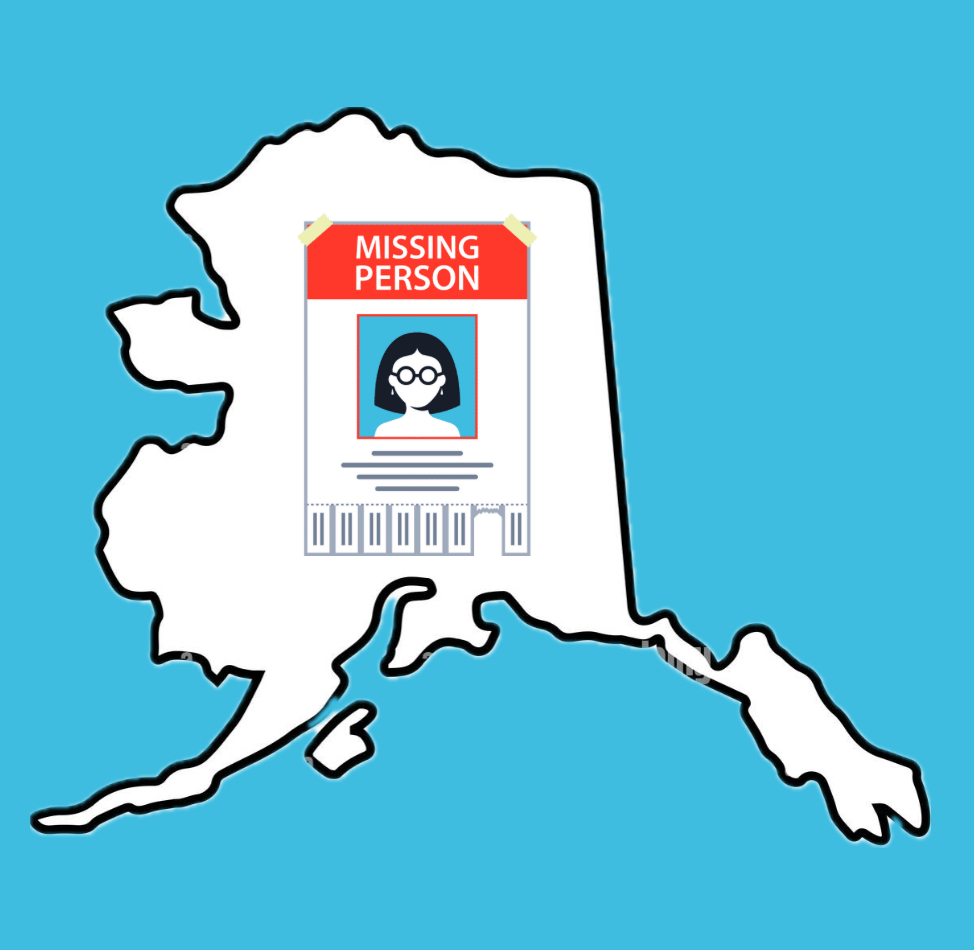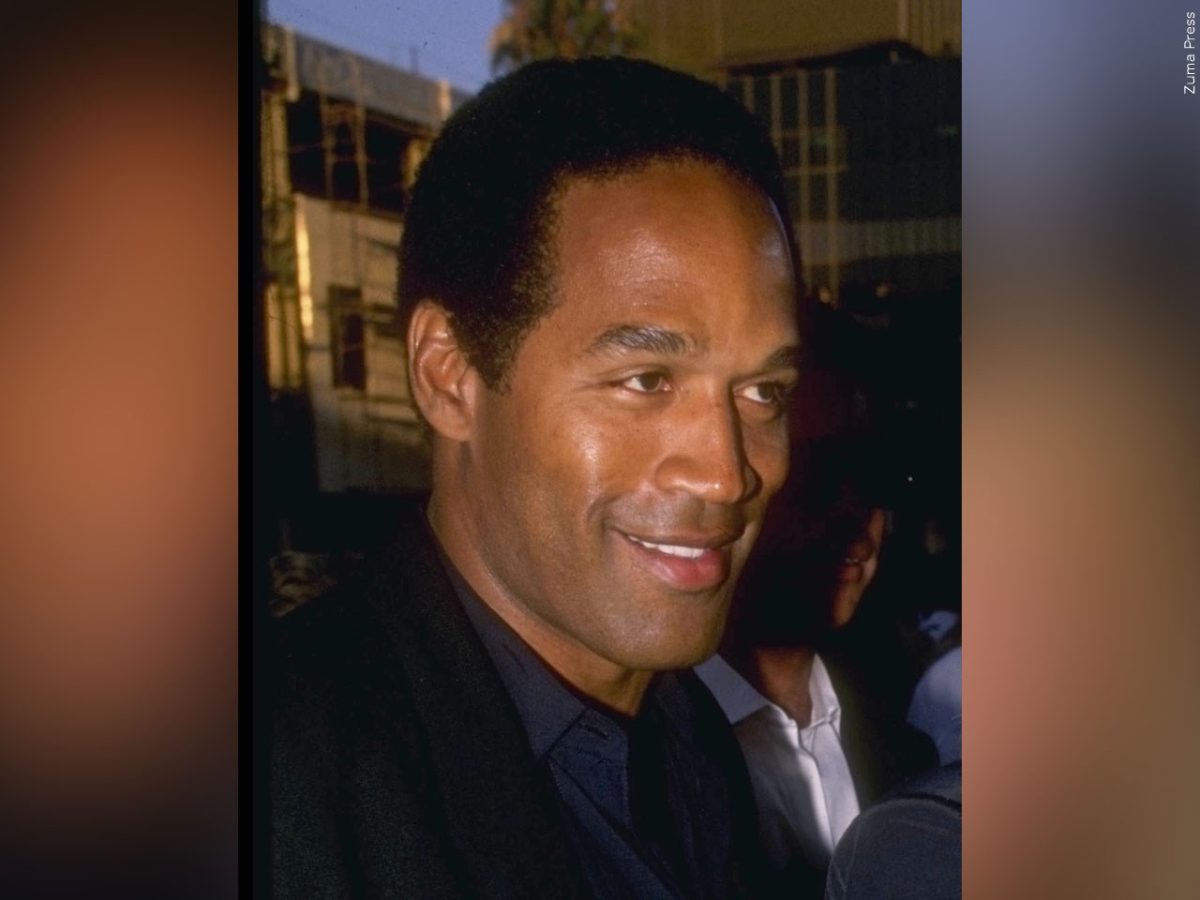Brian Steven Smith was found to be guilty in Anchorage, Alaska by a jury of his peers on Feb. 22. This was for the murders of 30-year-old Kathleen Jo Henry and 52-year-old Veronica Abouchuk. These were two Native Alaskan women who died in September 2019 and August 2018.
Police suspected he murdered Henry after video footage was revealed by a woman who claimed to have found an SD card that was labeled “Homicide at Midtown Marriott” that was lying on the ground near his truck on Sept. 30, 2019, according to court documents. Valerie Casler, the woman who claims to have found this footage, confessed that she stole Smith’s phone from his truck after not being paid for their “date” and transferred the contents to an SD card, which she then gave the police. It later came into question whether she was a reliable source or not because she has previously lied about the SD card.
Later, two prosecutors, Brittany Dunlop and Heather Nobrega, reportedly found that Smith killed Henry in a Marriott hotel room after Casler turned in the SD card, which was shown in the cell phone footage and happened in Anchorage, Alaska. The prosecution also claimed that Smith killed Abouchuk in his own living room with a green gun. This was confessed by Smith himself in Oct. 2019 through interrogations.
The prosecutors were also able to prove that Smith preferred to attack vulnerable women. Both of the women who were victims of Smith were also women of Native Alaskan descent. Smith is now facing a 99 year sentence for the murder of Henry and 30-99 years for the murder of Abouchuk.
“As we saw in the Brian Steven Smith case, many women who are targeted are vulnerable in some way,” said Jessica Wallace, a history professor at GC. “They are homeless, economically disadvantaged, suffer from addiction, for instance, and these are all far more prominent social problems in Native American communities than in the larger American population.”
Many indigenous women go missing throughout the year. In 2020 alone, there were almost 6,000 reports of missing American Indian and Alaska Native women and girls reported missing, according to Katie Couric Media.
American and Alaska Native women who are living on tribal lands are murdered at rates more than 10 times the national average according to the United States Department of Justice. These rates keep increasing, and there has yet to be a solution to this problem.
This also leads to a lack of awareness around the idea that many indigenous women and girls face a large amount of gender violence.
“We also have a long history of violence against Native American women and a complicated relationship between Native American communities and state/federal governments more broadly,” Wallace said.“So, I think that Native American women have been more vulnerable to being victims of violence because of systemic and structural issues and to their assaults, murders or missing person cases being overlooked by the government and wider American society.”
“I think many of the women go missing for many reasons, especially including domestic violence and human trafficking,” said Laney Foust, a sophomore exercise science major. “I feel that communities can raise awareness or even support local organizations and fight for law enforcement. As a government, I think they can create resources for better infrastructure and victim support programs.”
As a result of the 1956 Indian Relocation Act, many Native Americans do not live on tribal lands or reservations. When Native Americans reside in urban areas, they have very few resources linked to their culture and tribal community. For those who wish to engage with their culture and retain this conectedness, living comfortably in the city can be a challenge.
“I think that there is a lack of adequate resources for many indigenous communities, which is a main reason,” said Molly McCamphill, a junior marketing major. “These women are continuing to go missing. I think that the first thing people in the government can do in order to help this issue is to start raising a greater awareness of the public eye about what is going on with these women in these communities.”
The alarming rate of indigenous women going missing needs more attention. The strengthening of community support systems and enhancing law enforcement are steps that can be taken in greater depth to increase the safety of these women.












